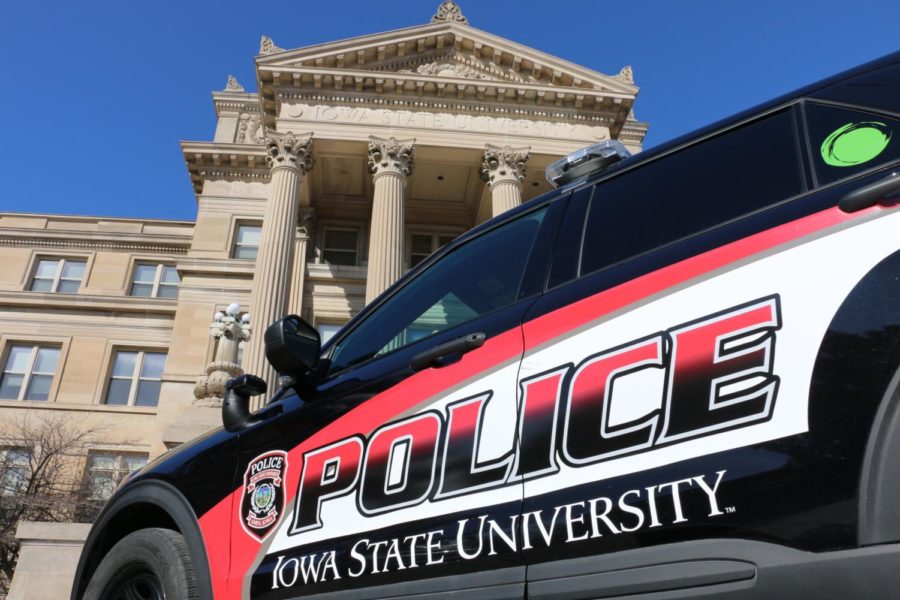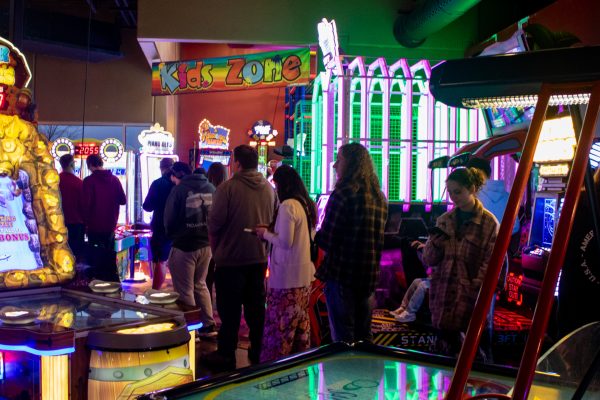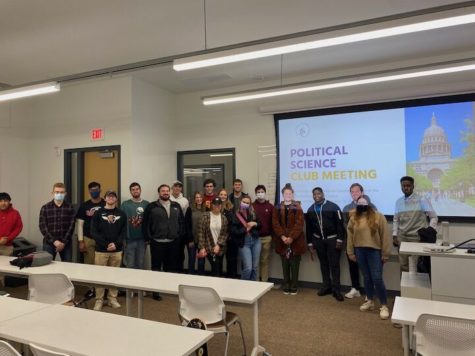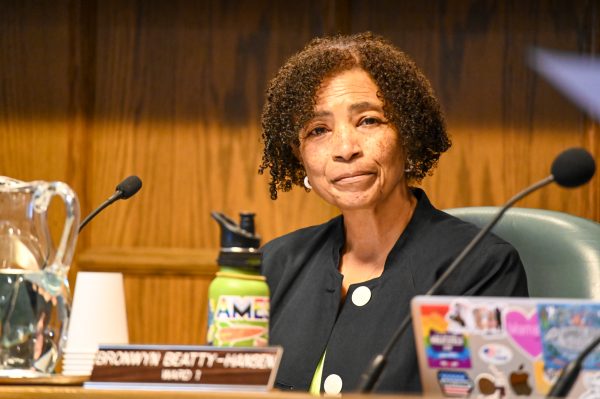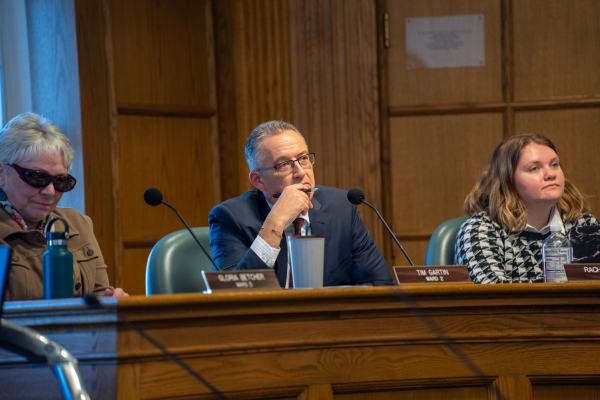ISUPD reflects on active shooter preparation
ISUPD trains annually for active shooter events. During their January tra
Students fear the idea of a mass shooting happening in the community in light of the recent events at Michigan State University.
ISUPD shares its prevention and protocol training in hopes of easing students’ fears of violent acts happening on campus.
For some students and instructors, the recent events at Michigan State University (MSU) and the increasing number of mass shootings have caused anxiety.
“It was the first week of class; there was someone [who] just slammed the door really loud or there was a really loud bang somewhere in Gilman,” said Ashley Macbeth, a graduate instructor in the psychology department. “I was immediately like, ‘Oh, shit, what am I supposed to do?’”
Mass shootings have increased substantially over the last several years. In 2014, mass shootings totaled 273 compared to 647 in 2022, according to the Gun Violence Archive.
On Feb. 13, a gunman opened fire in two buildings at MSU. The gunman killed three students, and five were seriously wounded. Shots were fired in Berkey Hall, a building in the College of Social Science, and the student union, a popular spot for students. The suspect was found by law enforcement later that night, and the threat to the community was no longer ongoing.
“Tragedies like Michigan State can happen anywhere,” said Iowa State University Police Chief Michael Newton. “No communities are immune, and every community has been hit by some type of violent activity.”
ISUPD has several methods of dealing with these kinds of events. First, they work on prevention training.
History shows most of the individuals who commit mass shootings had warning signs in their past, Newton said. Part of the department’s threat assessment is watching out for consistent suspicious behaviors and assisting struggling individuals in finding mental health resources if needed.
The department usually has to rely on the university community to reach out to them if a friend, student or staff member shows signs of distress or problematic behavior.
“Hopefully individuals that may pop up of concern, we can hopefully address those concerns,” said Greg Kise, threat assessment and management coordinator. “It’s mitigating potential threats before it elevates to an active shooter situation.”
Kise’s position is a new addition to the ISUPD. It was important to the department to have someone who understood threat assessment and had a good foundation to detect patterns, Assistant Chief Carrie Jacobs said.
While the ISUPD staff does their best to prevent violent acts on campus, sometimes it cannot be avoided. The department ensures they have the proper response protocols to save people’s lives in extreme cases.
Iowa State has a fully trained police department that annually trains on active shooter events and other threats. The department’s first goal is to stop and neutralize the threat so the community is not in danger as soon as possible.
During the ISUPD January training, the entire staff focused on the core components of the response to any threat situation. They will do another department-wide training in August. These training sessions are required annually.
“We can’t stop because our skills perish if we don’t practice and rehearse,” Newton said.
The department does monthly training on all things firearm from general marksmanship to utilizing airsoft weapons to discussing movements through a building in an event. The utilization of airsoft is a recent development.
Airsoft weapons resemble traditional ones, but they shoot non-lethal pellets. They can be used for practice to enhance the department’s training.
“We were able to go into a space as if we had a true active killer scenario going on, and so that gives us the opportunity to get an idea of what it may actually be like,” Jacobs said.
ISUPD invested in the necessary equipment to be able to respond to threats. They have high-level trauma vests for active events as well as ballistic helmets for all officers. Breaching kits have been added in cases where officers need to get access to a building.
Despite all the preparations on the ISUPD’s side, some students say they do not feel prepared to handle and respond to an active shooter threat.
“I think it’s one of those things where you don’t think it can happen to you until it happens to you,” said Emma Linde, a fifth-year senior in environmental engineering. “I have no idea what I would be supposed to do.”
ISUPD wants to point students to the new Iowa State Safe resource app. It has links to emergency scenario plans for students to have access to. There is a two-minute video for students on responding to an active shooter under the emergency response aids tab.
Some key notes to take away from the educational video include the three defense tactics students can use in the event of an active shooter: avoid, deny and defend. The video also asks students to be persistent in attempting to contact the police, as lines may be busy.
“I think that’s where some of our education is lacking, even for those individuals who have been here a long time,” Jacobs said. “If it’s something that does not impact you personally, it’s something you don’t really think about.”
Your donation will support the student journalists of the Iowa State Daily. Your contribution will allow us to purchase equipment, send our student journalists to conferences and off-set their cost of living so they can continue to do best-in-the-nation work at the Iowa State Daily.


